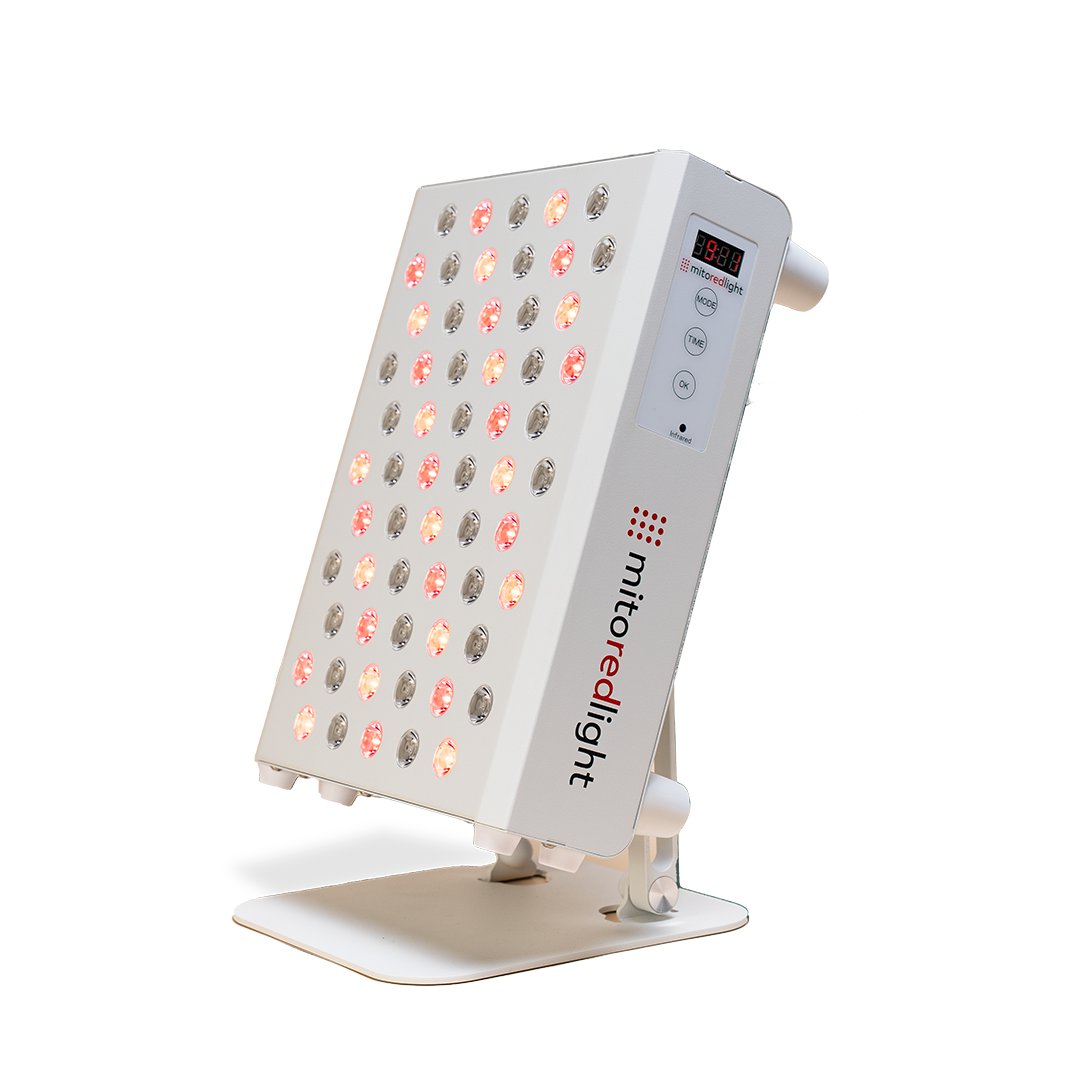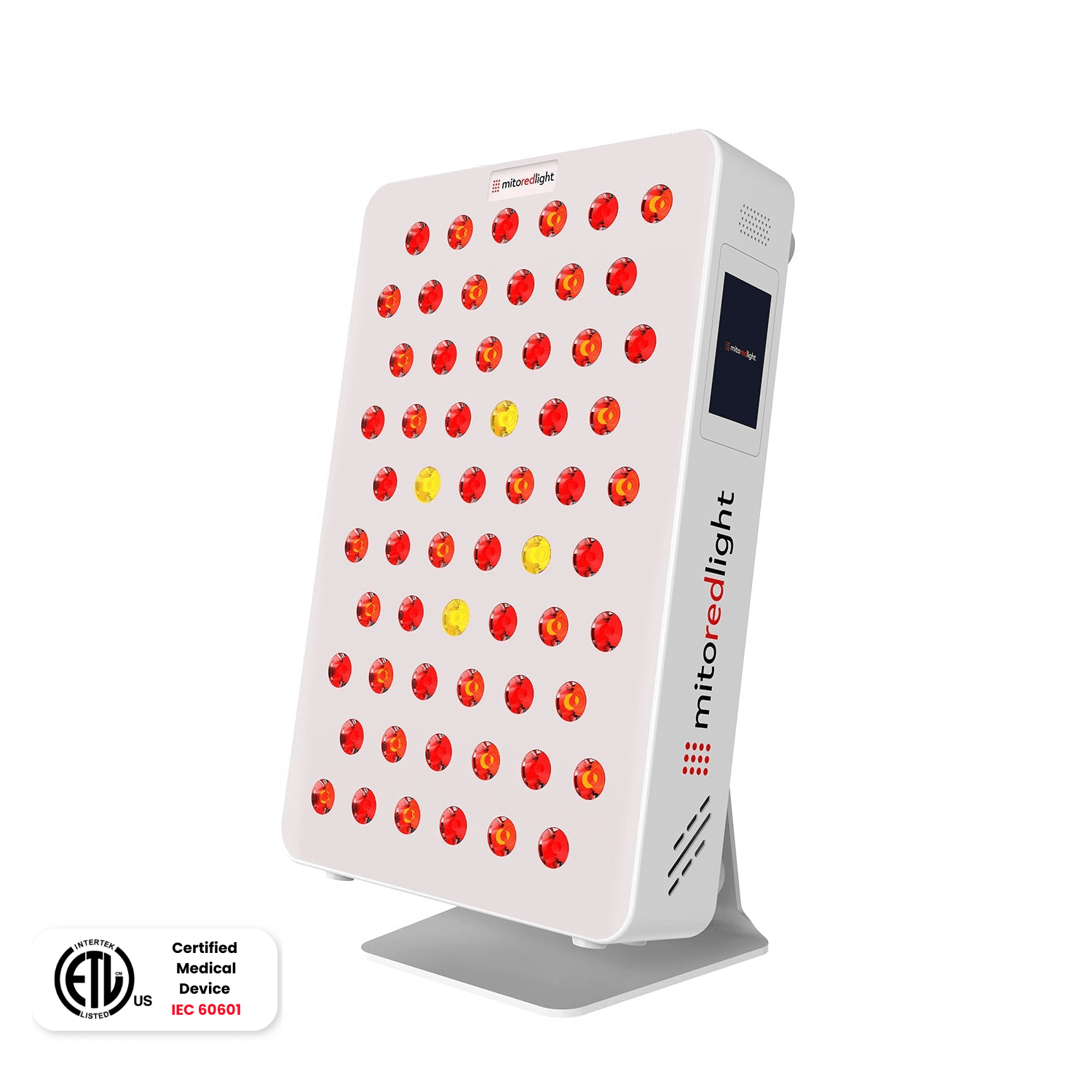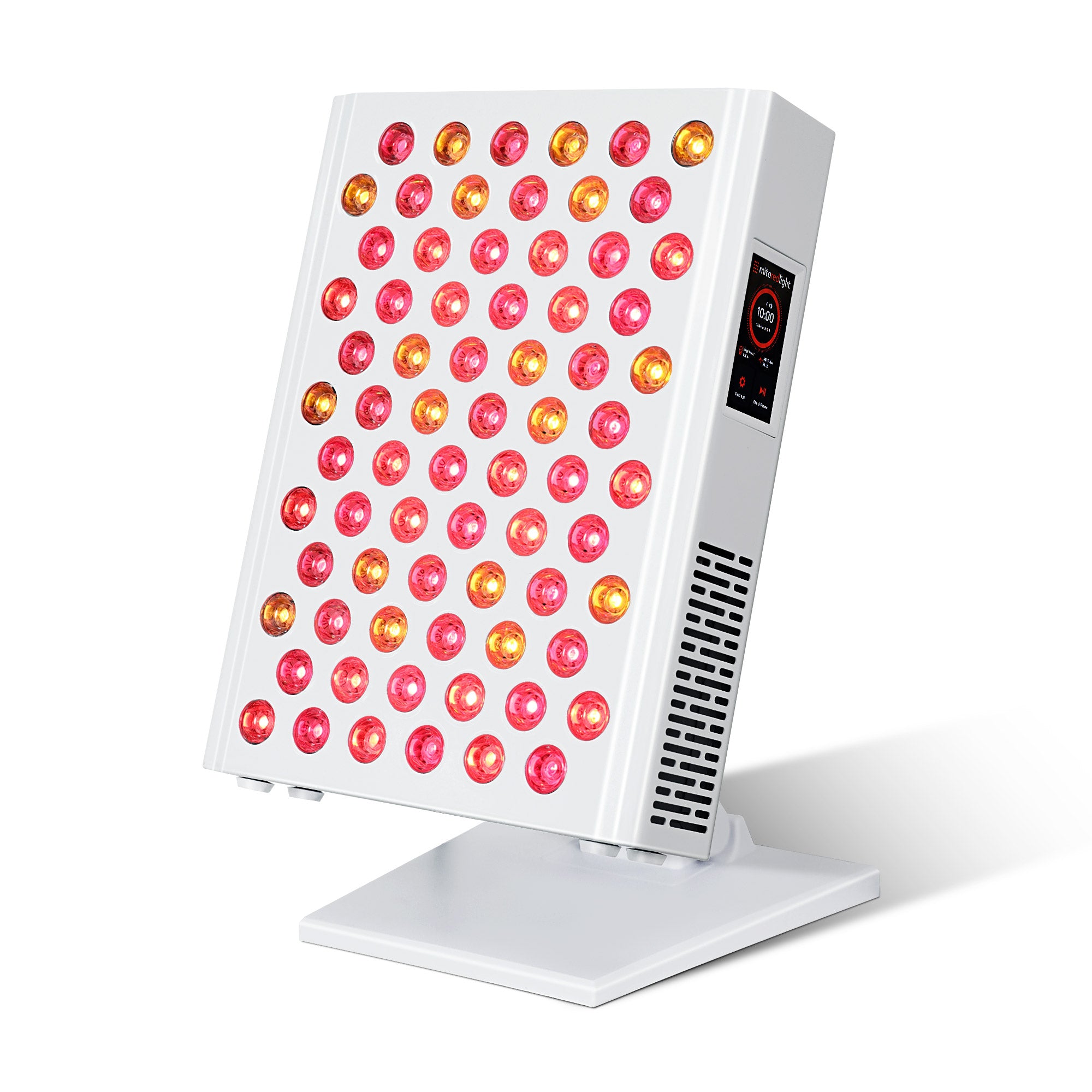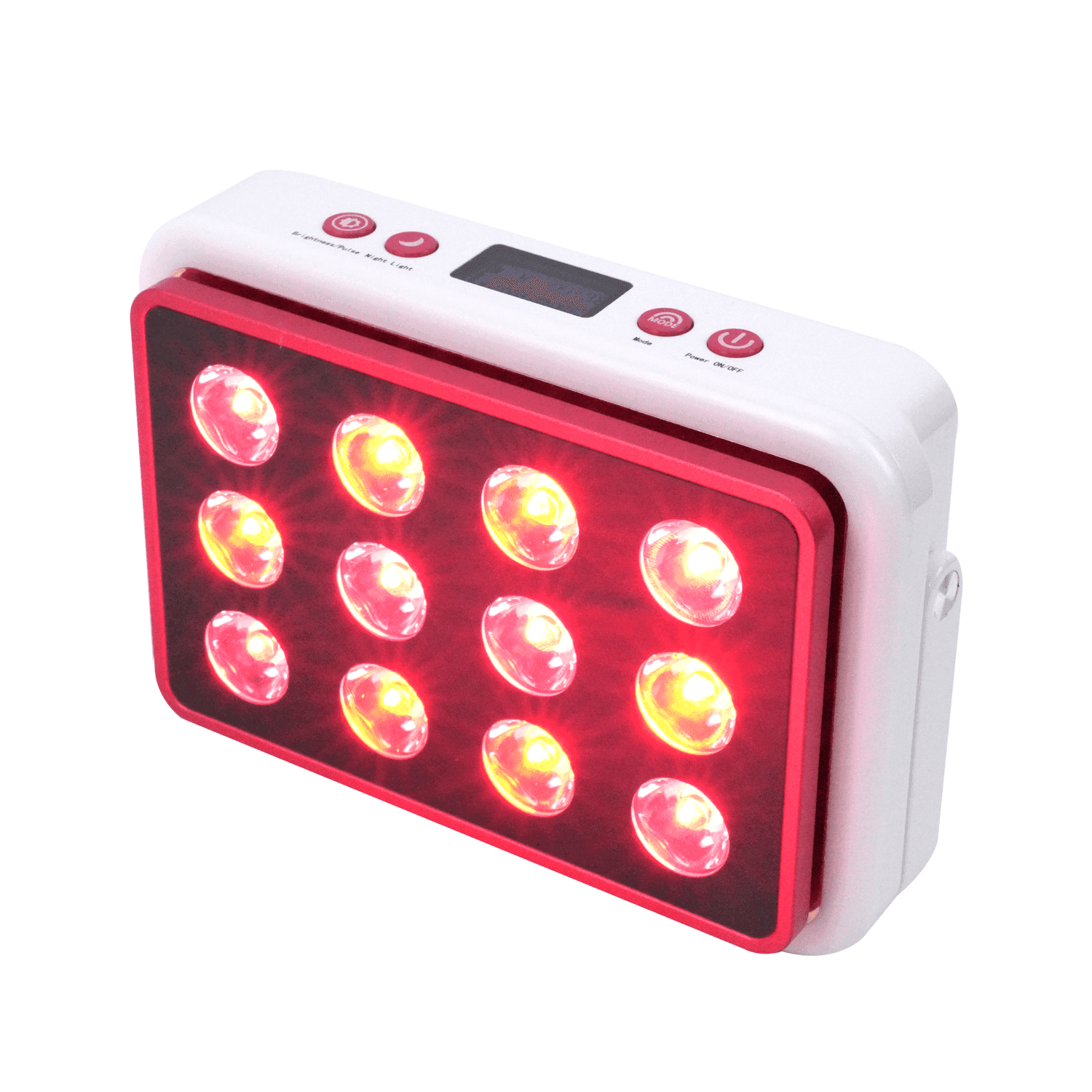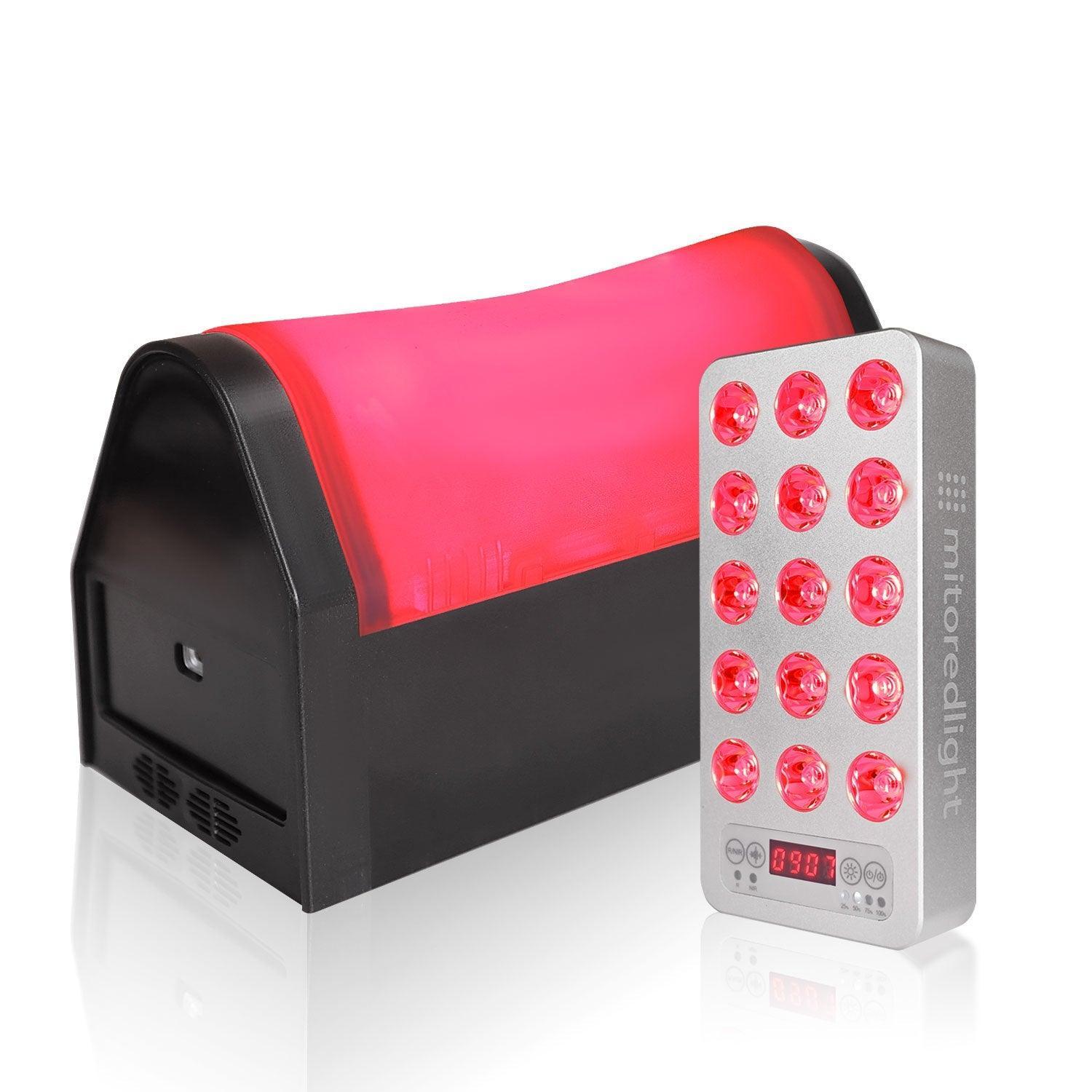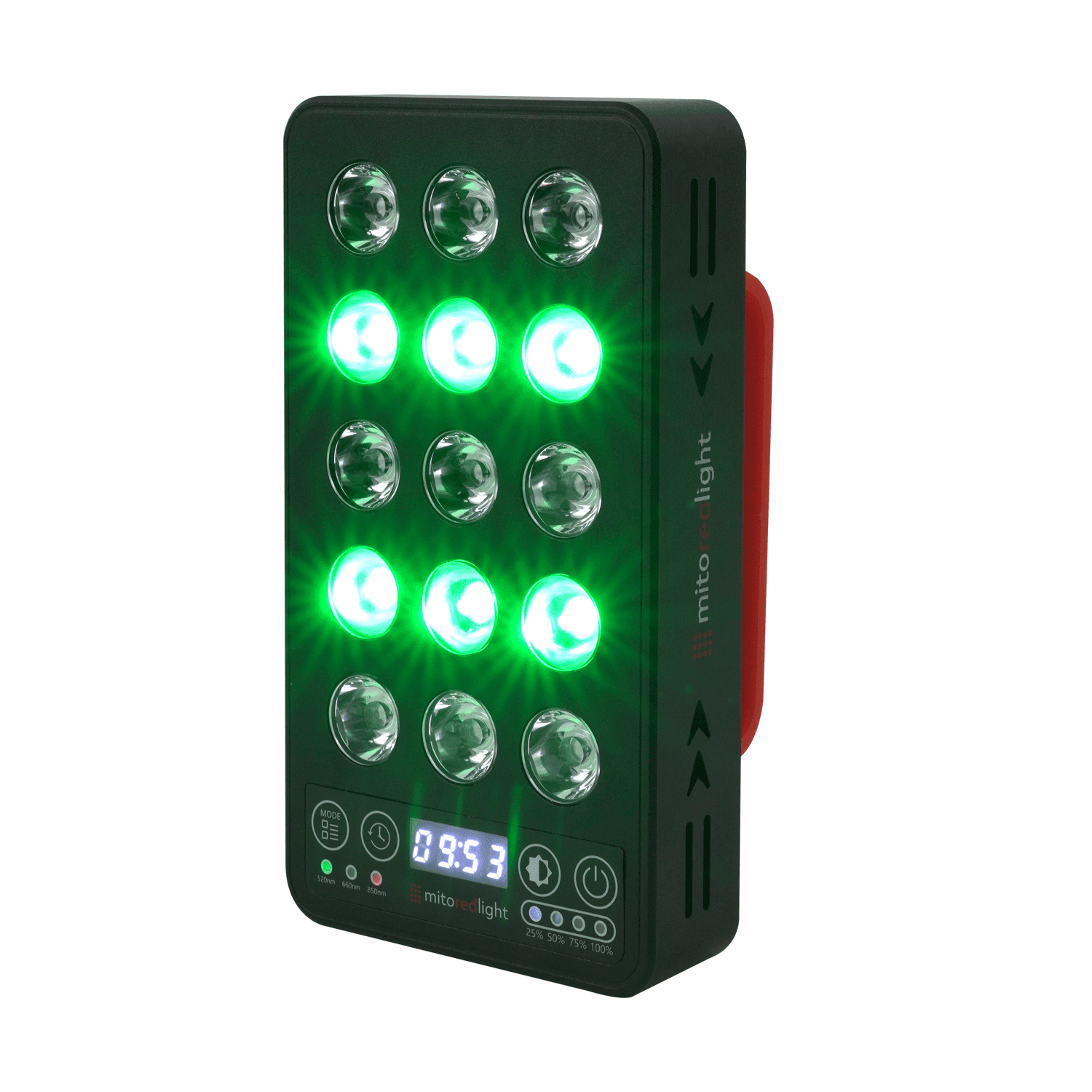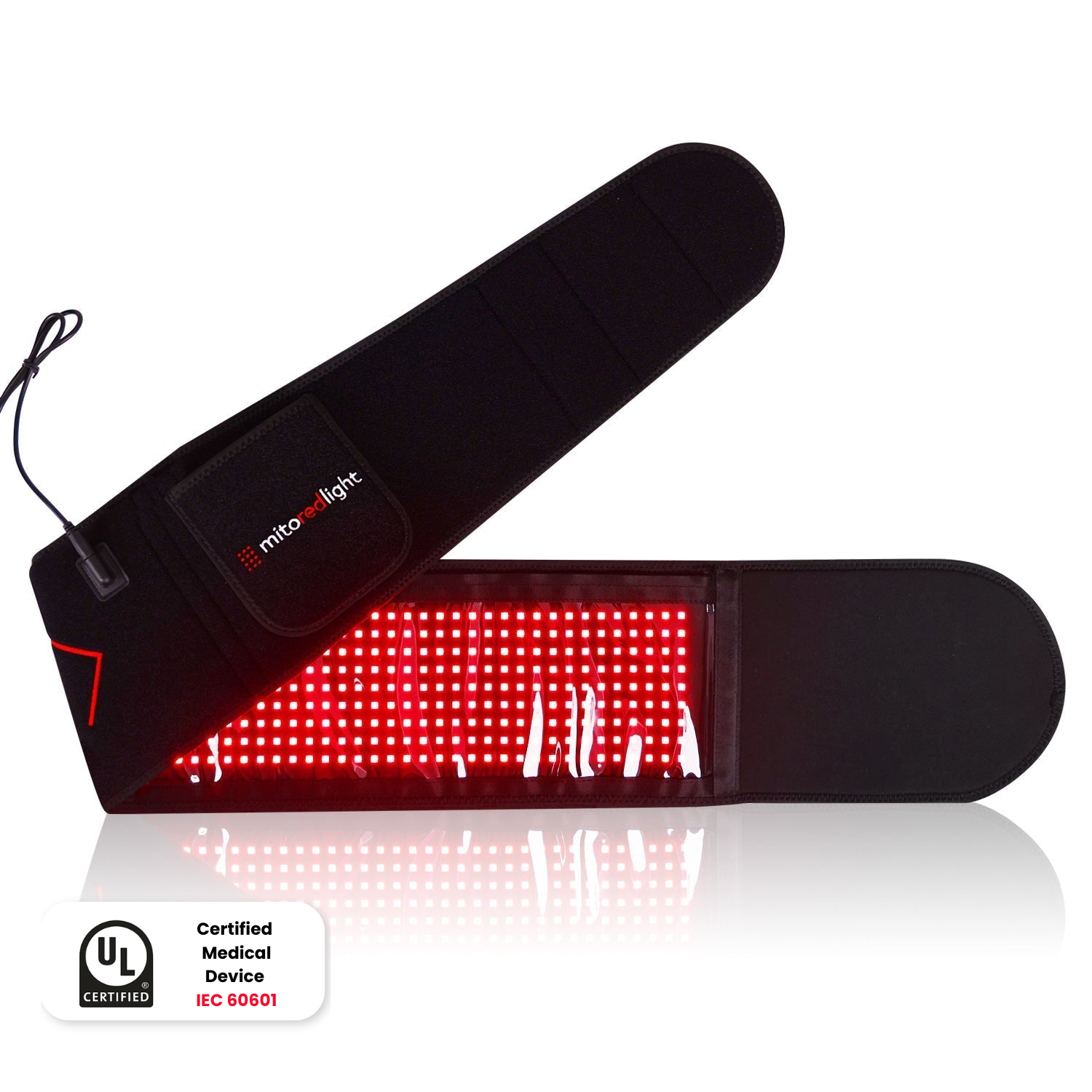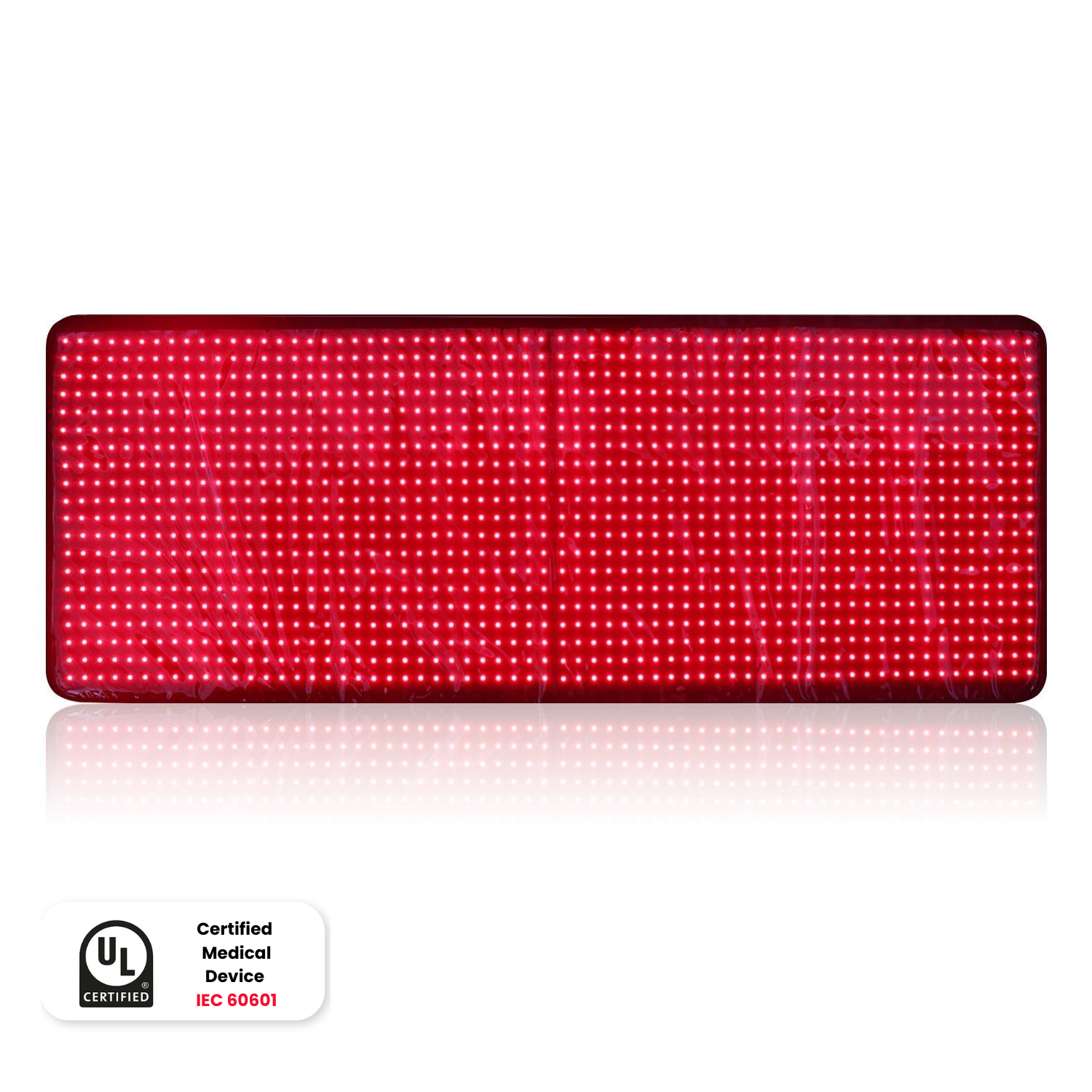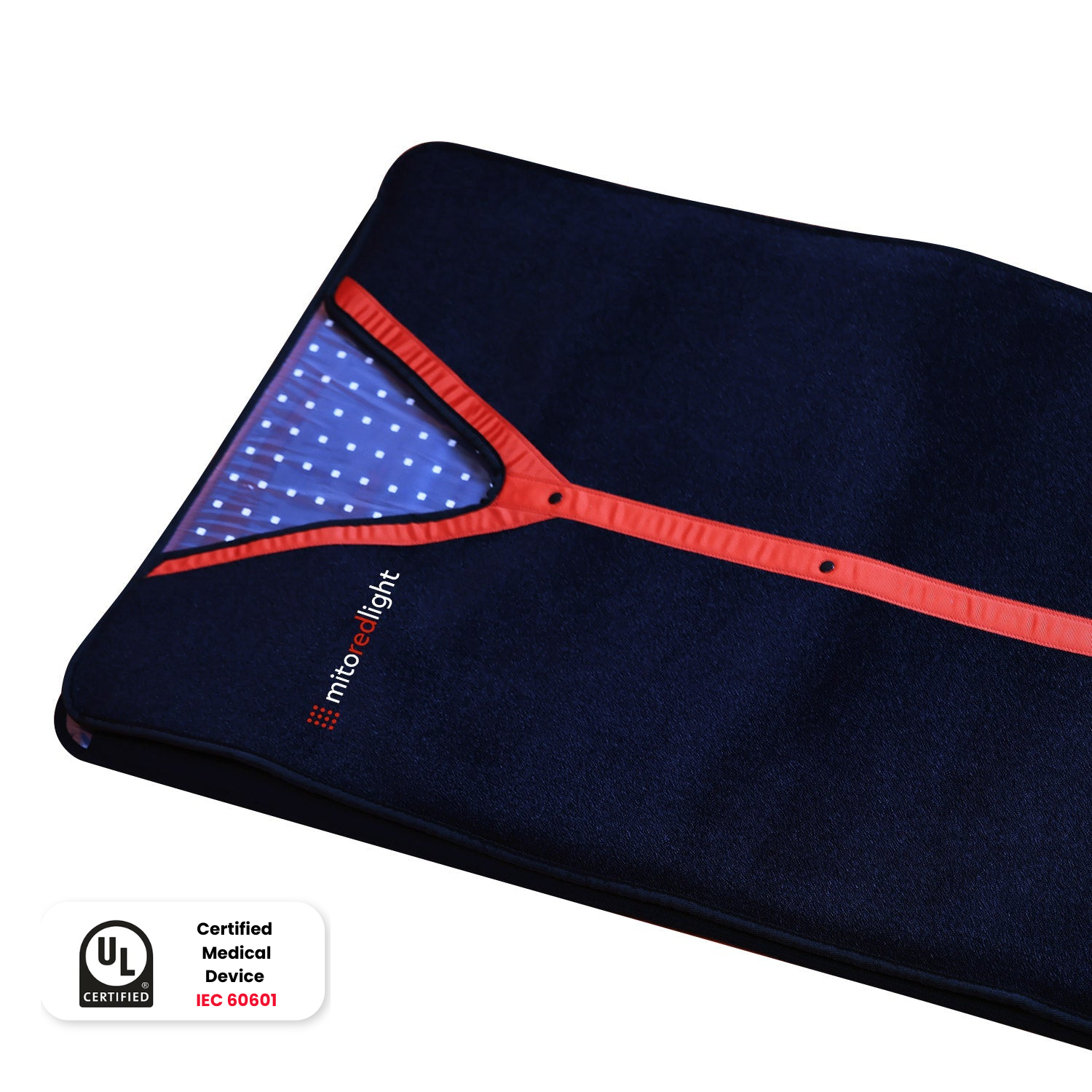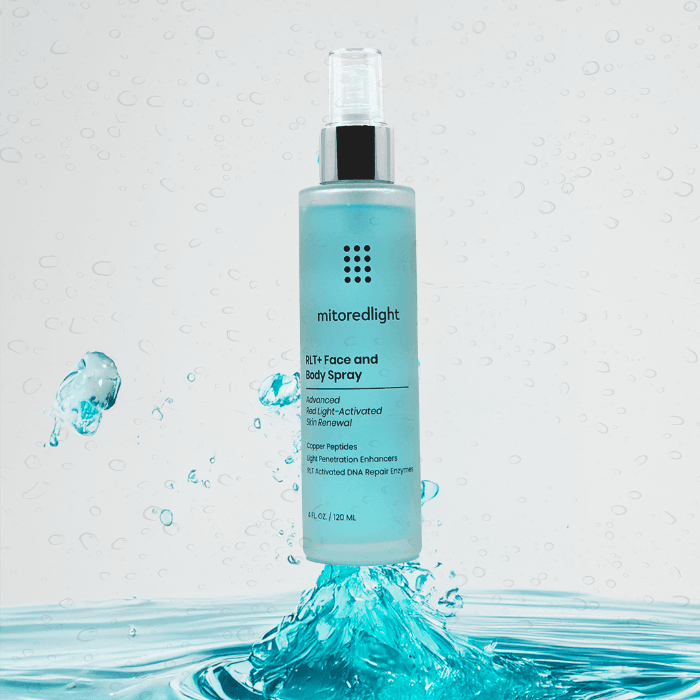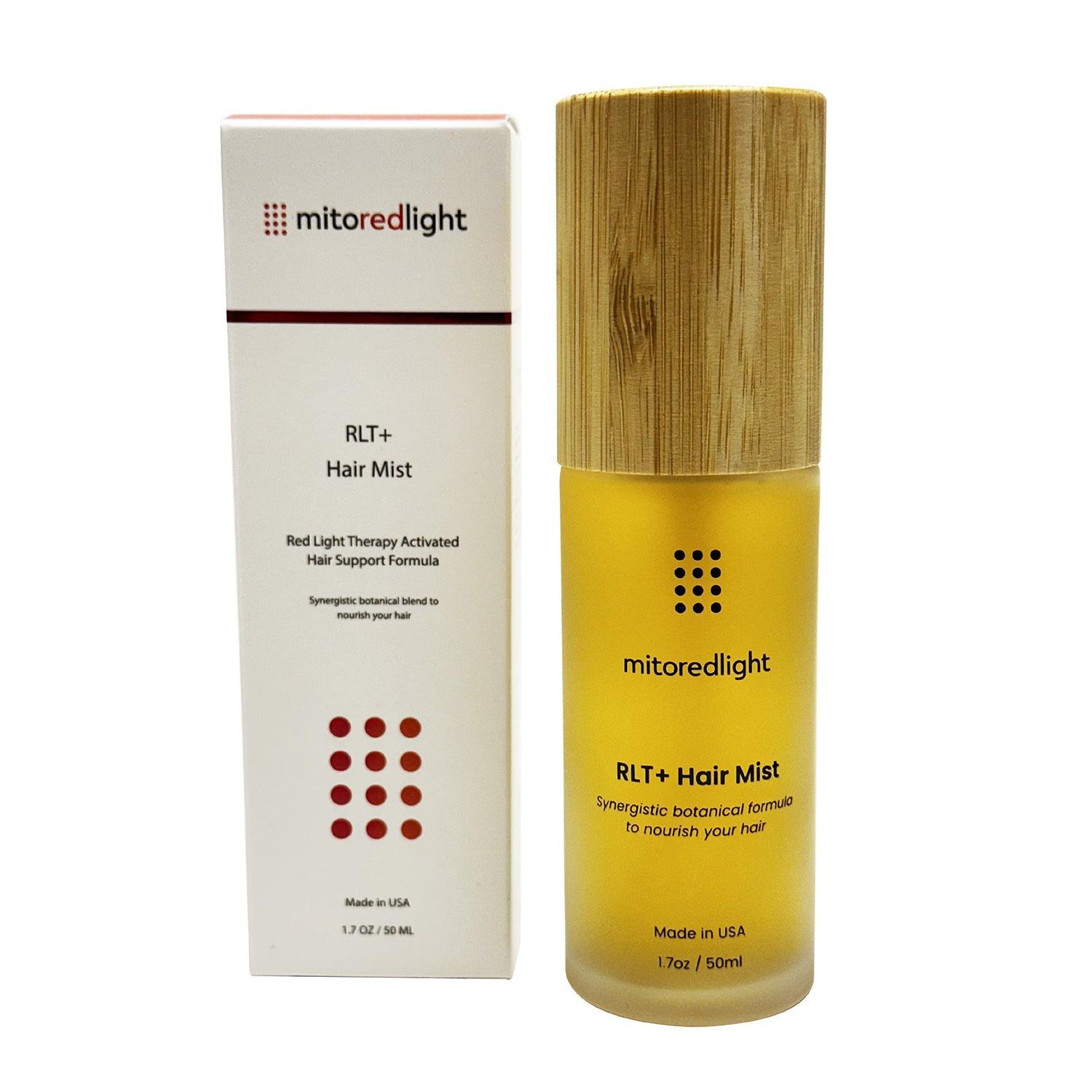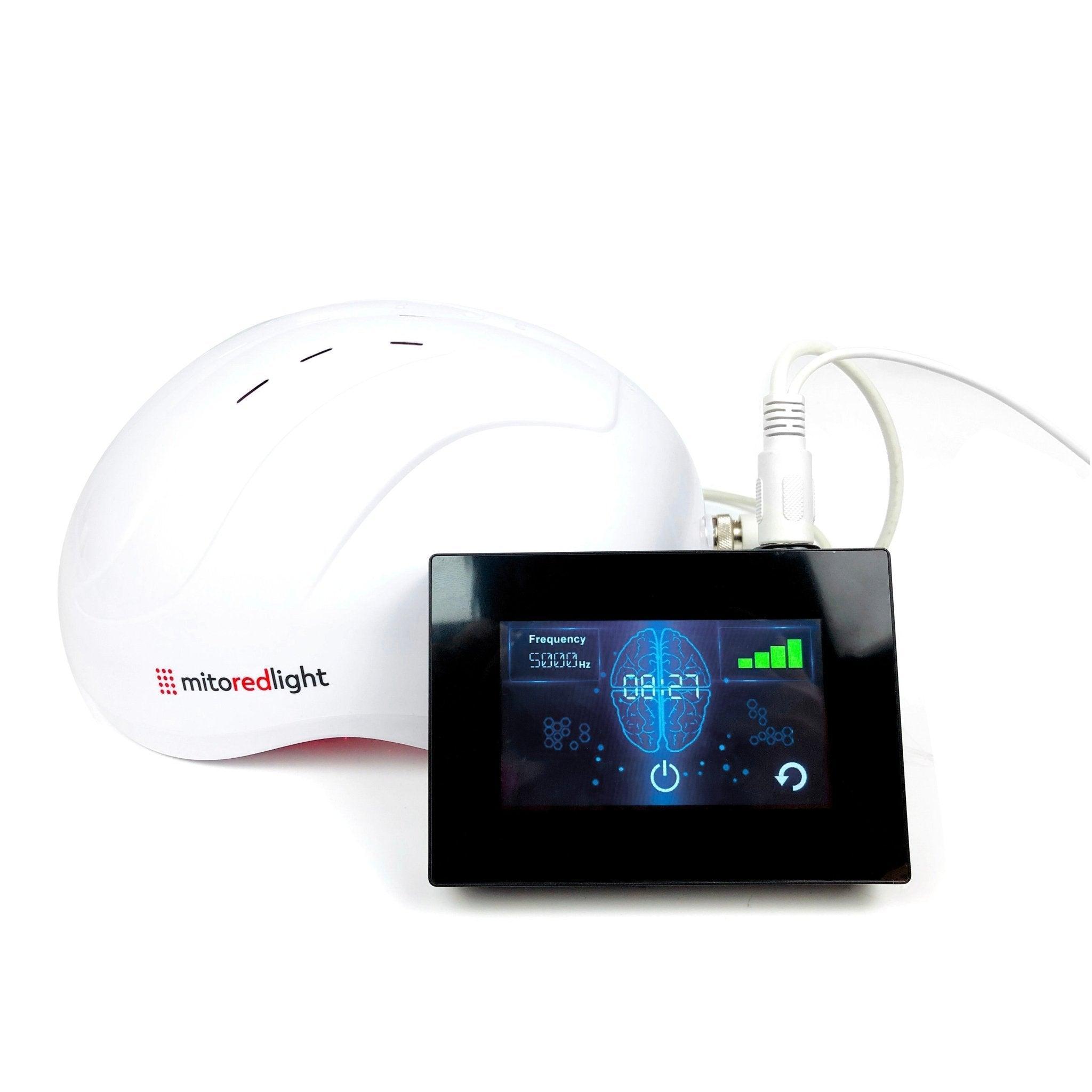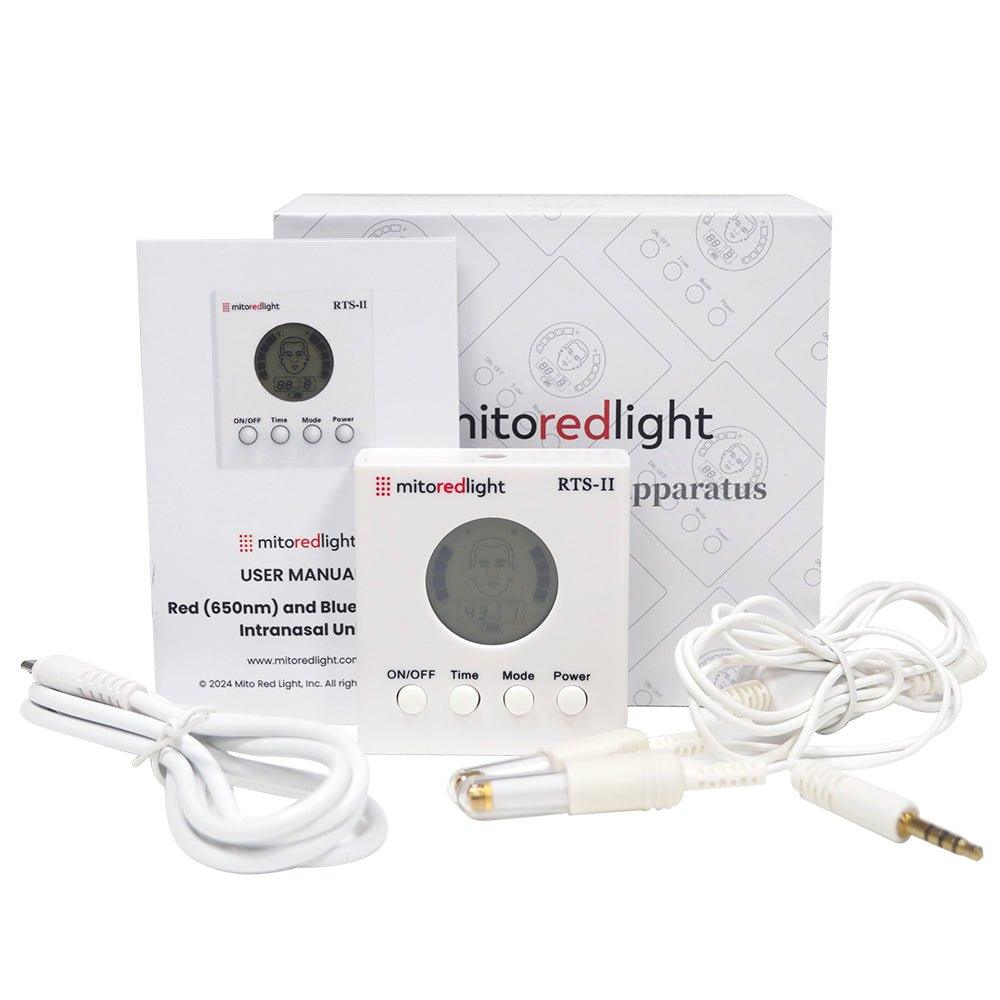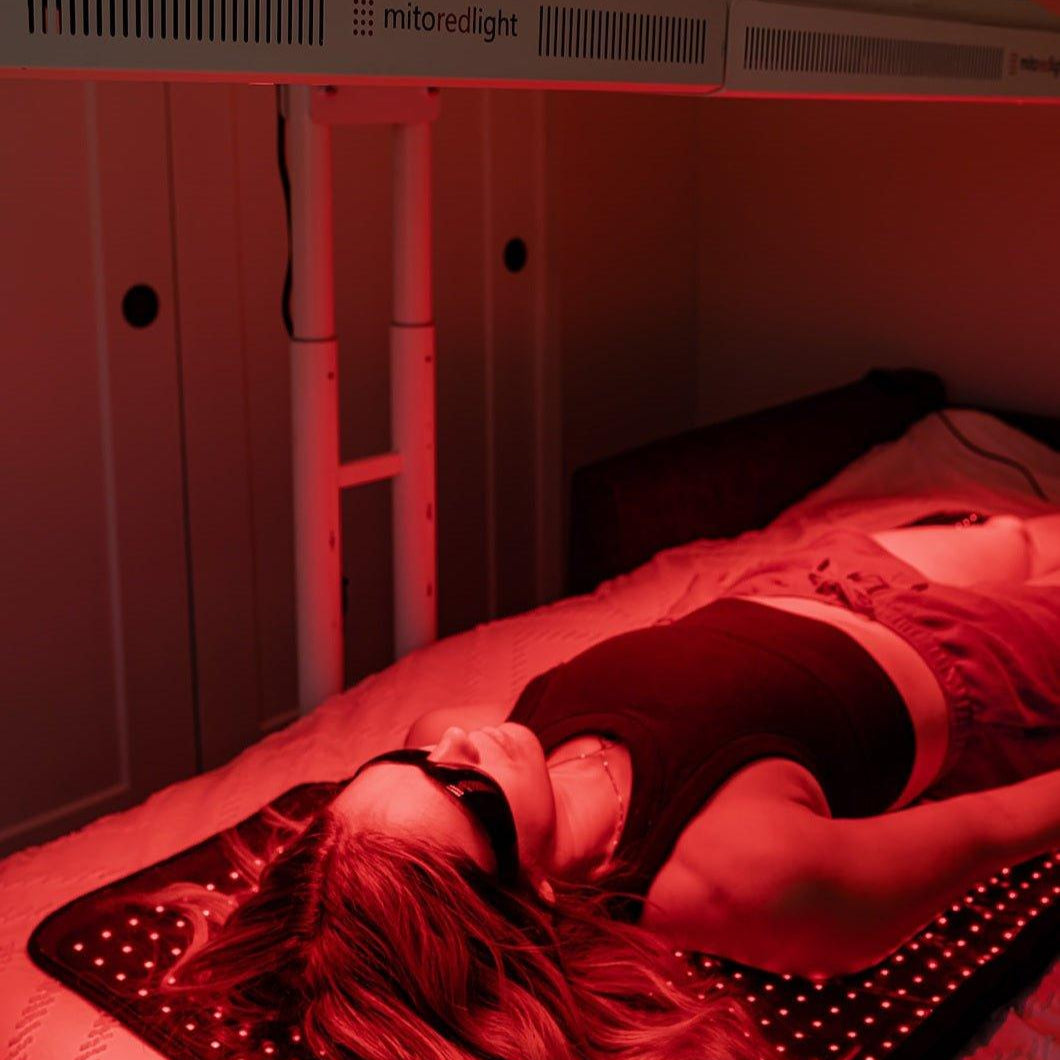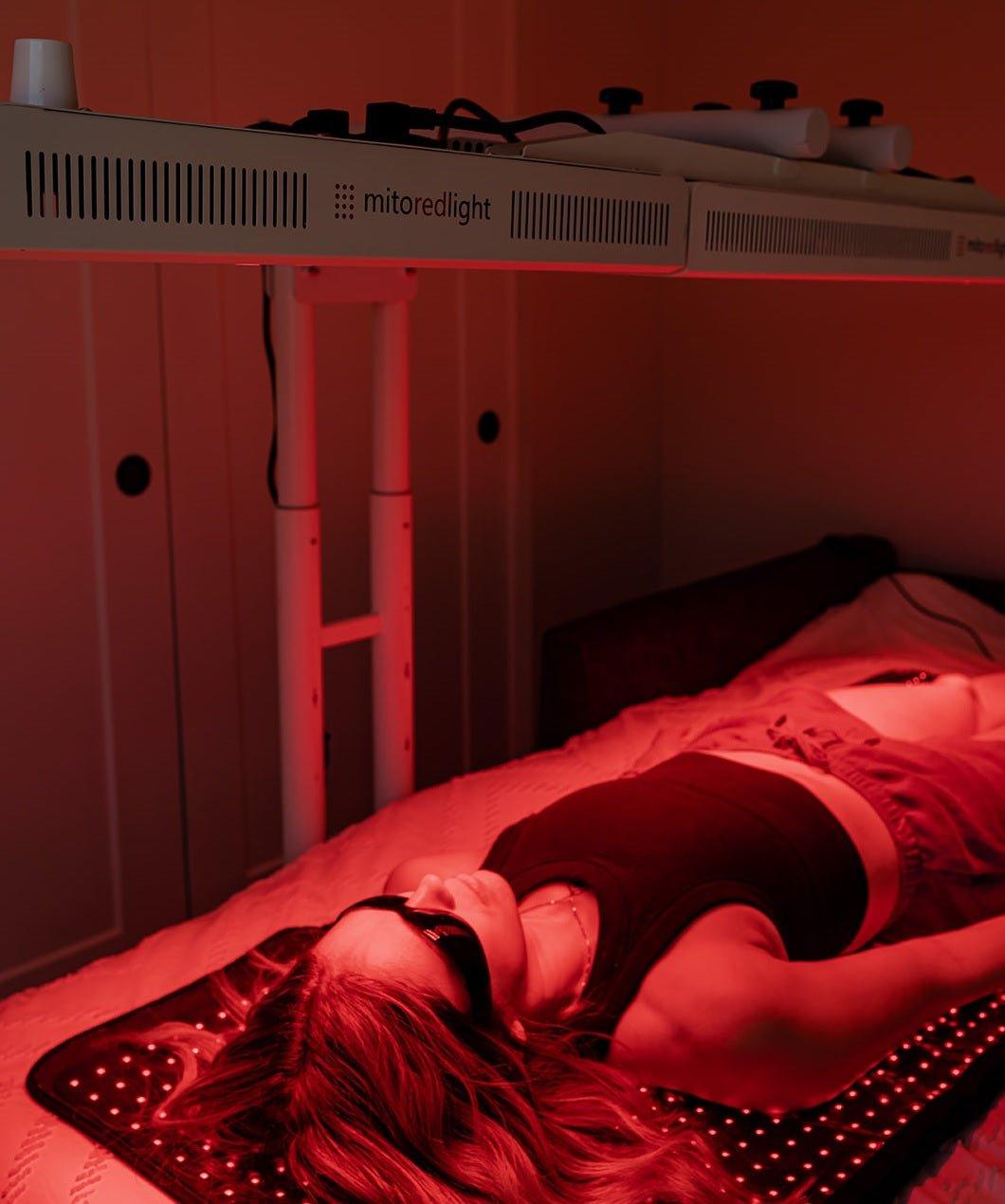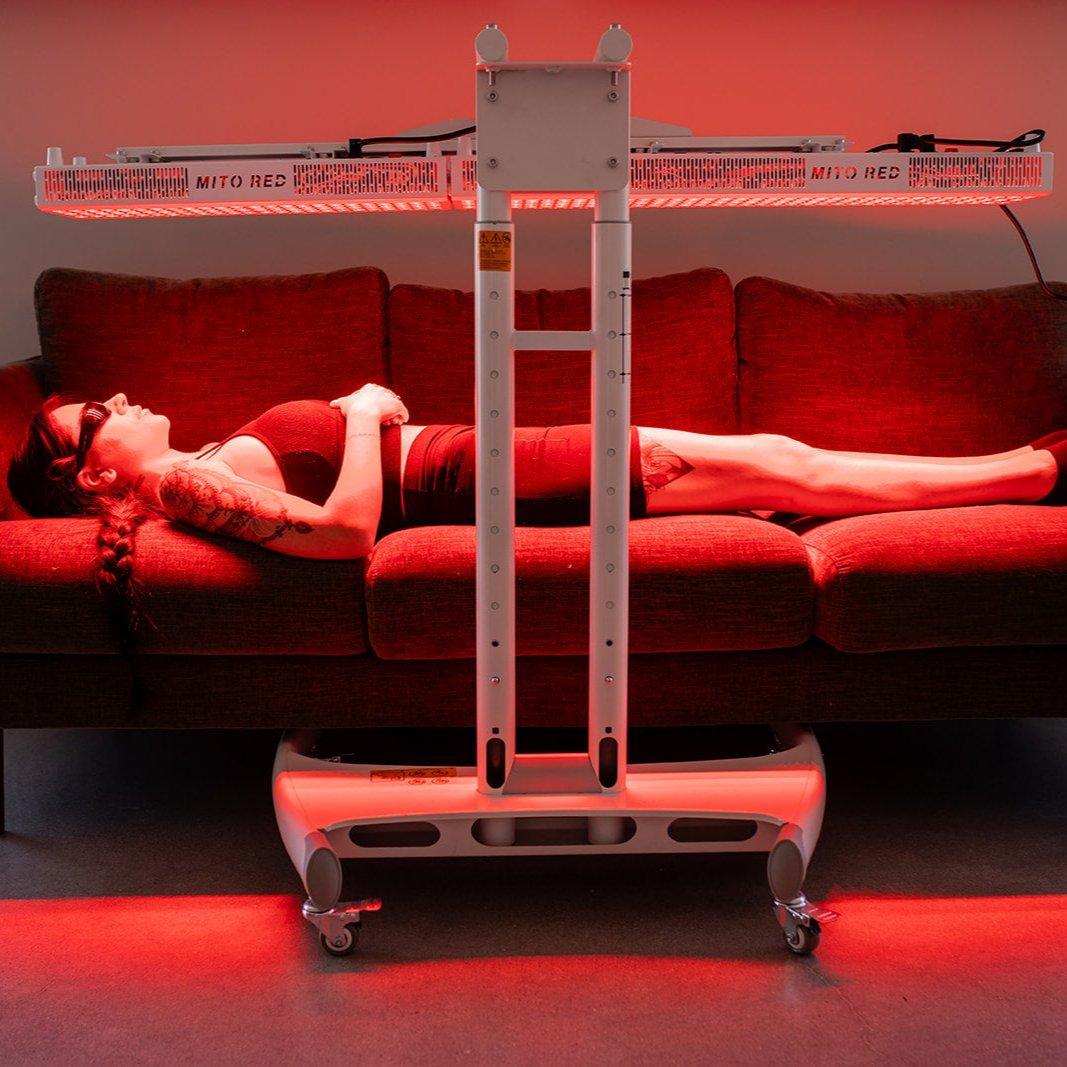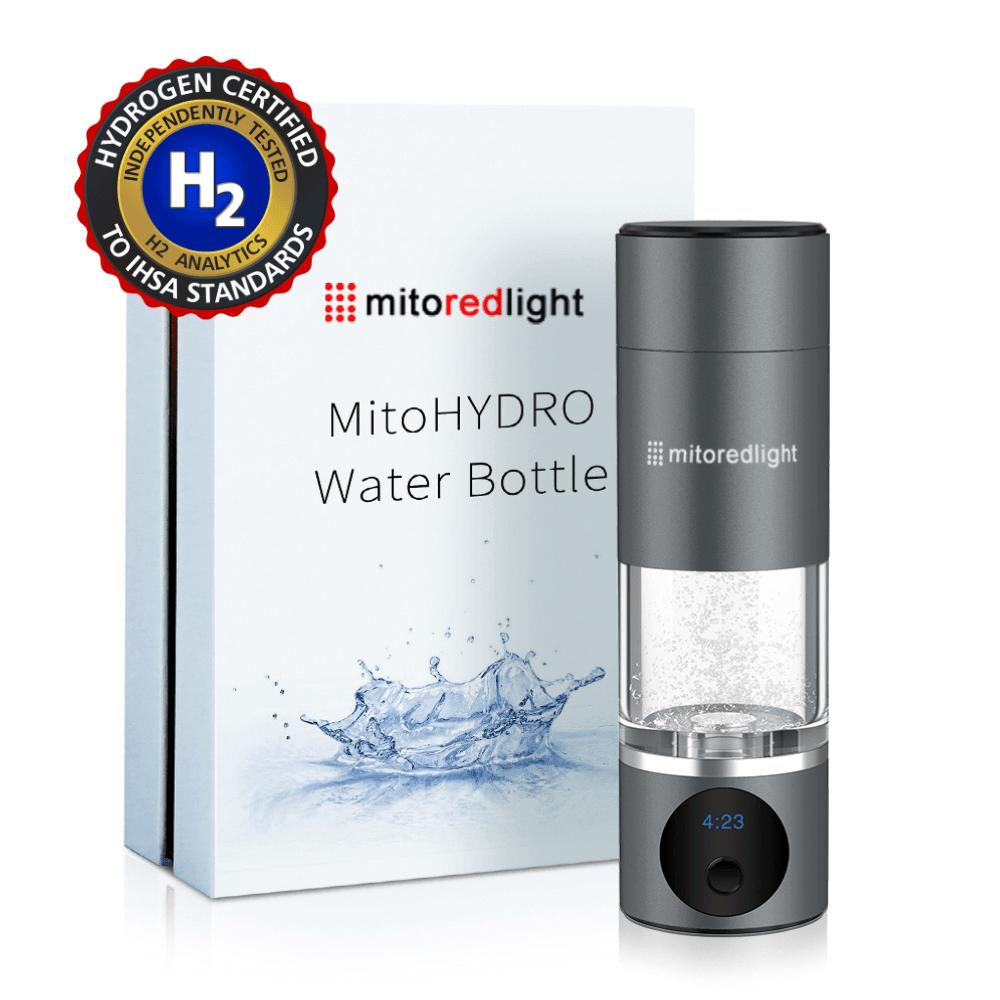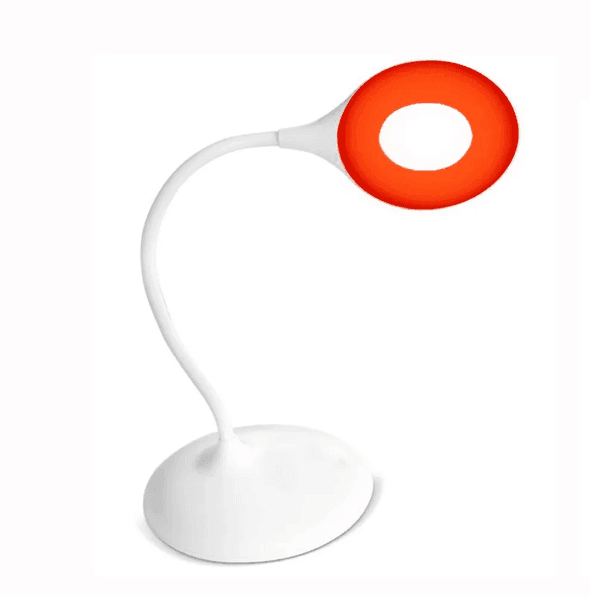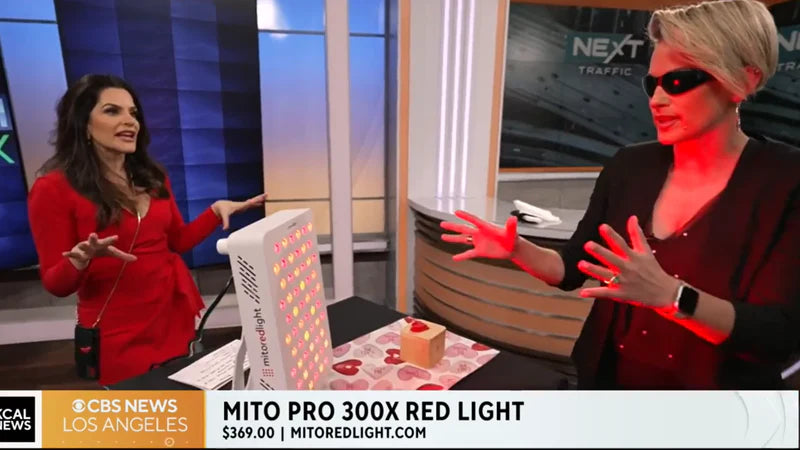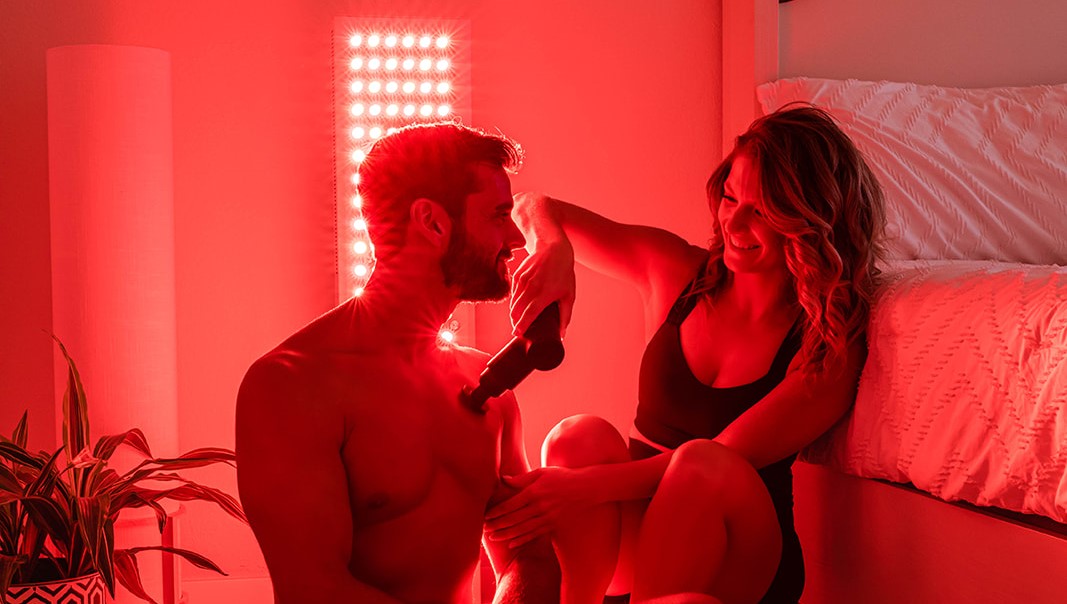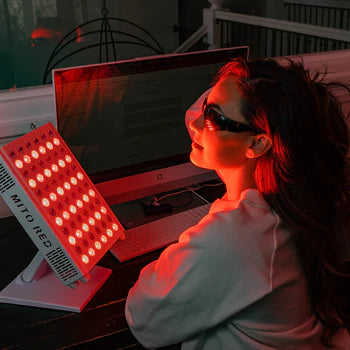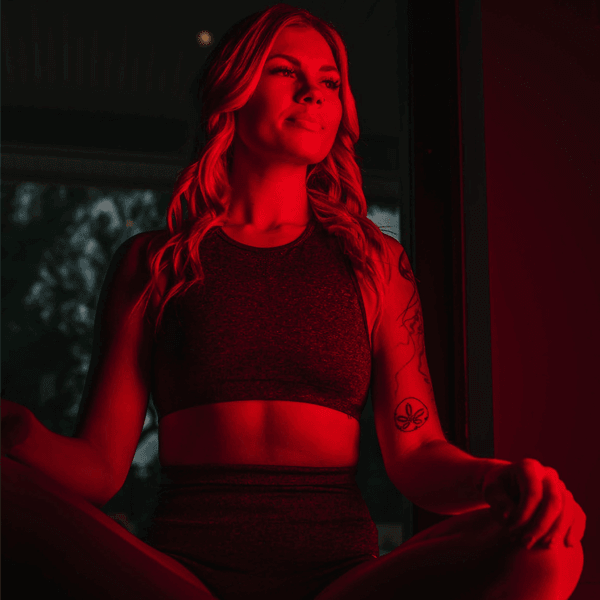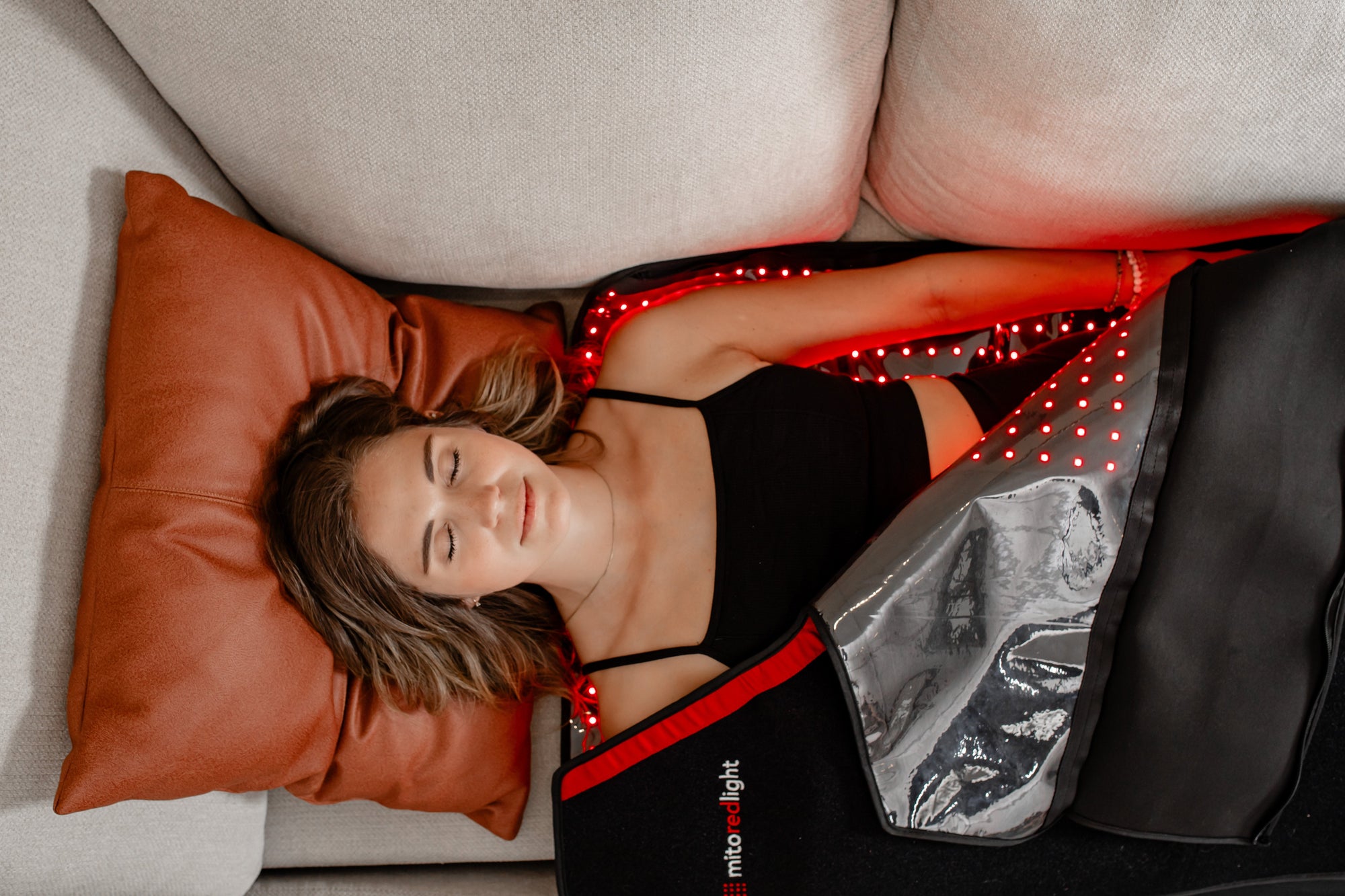Reviewed by Dr. Melania Montes, PhD, UC Berkeley- Expert in Cell Biology
Summary: Learn how red and near-infrared light fit into a simple skin routine, the differences between masks and panels, and how to choose the right device based on power, coverage, and time available.
What Red Light Therapy Can Do for Skin
Red light (typically ~630–670 nm) and near-infrared (typically ~810–850 nm) are popular for supporting skin appearance. Users commonly pursue smoother-looking texture, a more even overall tone, and a healthy glow. Near-infrared penetrates deeper and can complement red for multi-layer care (1).
Mask vs Panel: Which Should You Choose?
-
LED Masks (e.g., MitoGLOW):
Best for convenience and consistency. Masks shine for face-only routines and quick daily sessions. If you want a simple, comfortable habit you can stick to, start here. -
Panels (e.g., MitoADAPT 4.0, MitoPRO X):
Best for higher power, larger coverage, and multi-area care (face, neck, chest, body). Panels help you accomplish more in fewer total sessions and are ideal if you want faster full-area routines.
Building a Routine (That You’ll Actually Do)
-
Frequency: Begin with 4–6 sessions/week for 8–12 weeks. Maintain with 2–3 sessions/week.
-
Time & Distance: 10–15 minutes per area, following your device’s distance guidance.
-
Skin Prep: Start with clean, dry skin. Use a light, non-occlusive pre-serum designed for LED (e.g., MitoAURA) so light can reach the skin surface.
-
Aftercare: Daytime? Finish with a broad-spectrum sunscreen. Nighttime? Keep it simple and hydrating.
Product Picks by Goal & Lifestyle
-
Quick daily habit: MitoGLOW LED Mask — face-focused, comfortable fit, easy consistency.
-
Face + neck + chest: MitoADAPT 4.0 — high irradiance and wide coverage; versatile modes for dialing in your routine.
-
All-around value: MitoPRO X Series — dependable power and coverage with a straightforward interface.
-
Enhance sessions: MitoAURA™ “Before/After” Serum — LED-friendly texture designed to complement red/NIR sessions.
Tips for Results
-
Be consistent (set reminders; pair with a habit you already do).
-
Track progress with the same lighting/angle every 2–3 weeks.
-
Give it time (8–12 weeks is a realistic window before reassessing).
-
Scale as you go: Start with a mask, then add or upgrade to a panel if you want more coverage or faster total routines.
Safety & Common-Sense Use
Follow your device instructions. Avoid sessions over active infections or open wounds unless approved by a clinician. Remove photosensitizing products before use. If you’re sensitive to bright light, start with shorter sessions and increase gradually.
Bottom line: Choose the device you’ll use most consistently. Masks win on convenience; panels win on power and coverage. Pair with a light pre-serum and a steady routine, and let time + consistency do the work.
CTAs:
-
Explore the collection: Best Red Light Therapy for Skin
-
Shop MitoGLOW LED Mask
-
Shop MitoADAPT 4.0
-
Shop MitoPRO X
-
Shop MitoAURA
References
Hernández ML, Naharro J, Bacci S, Fernández M. Unlocking the Power of Light on the Skin: A Comprehensive Review on Photobiomodulation. Int J Mol Sci. 2024; 25(8):4483.
